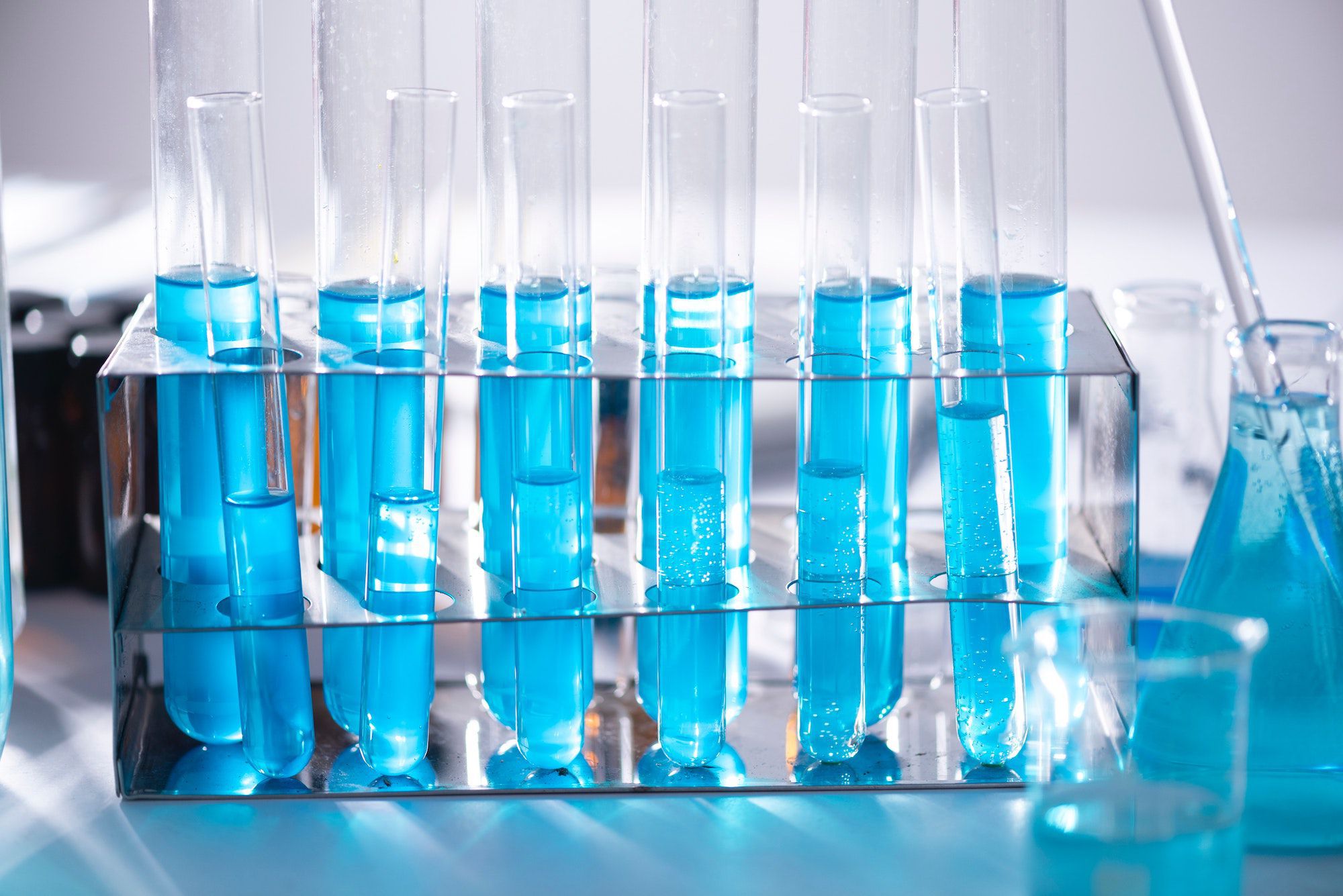Genetic testing (PGT, formerly known as PGD or PGS) can result in higher pregnancy rates for women 35+ years old.
Every year the top minds in fertility join at the American Society of Reproductive Medicine (ARSM) conference where many innovative papers are presented, the most prestigious of which is the Oral Abstract Prize Paper. In 2012 the accolade went to a study regarding chromosome testing of embryos after IVF, also known as pre-implantation genetic diagnosis or screening (PGT, PGD or PGS).
In their presentation, Dr. William Schoolcraft and colleagues revealed that in patients 35 years and older who had their embryos biopsied and genetic testing for chromosomal abnormalities had higher pregnancy rates and lower pregnancy losses. The study included observation of a blastocyst-freezing step, which, they found, did not adversely affect the overall findings.
The genetic testing increased the chances for success, but is it necessary for everyone? In a low-cost IVF setting this is not recommended for every patient. However, patients who have had recurrent pregnancy loss or repeated IVF failures certainly may wish to consider screening their embryos before doing a transfer.
The researchers from Colorado Center for Reproductive Medicine and RMA of New Jersey proved that in patients experiencing unexplained pregnancy loss with more than three miscarriages could benefit from genetic testing by doing a biopsy of the blastocyst and chromosomal analysis. We know from a number of papers – including Dr. Schoolcraft’s presentation – that the vast majority of pregnancy losses as well as failed implantations are due to chromosomal errors. This is true for recurrent pregnancy loss as well. For couples that have had several miscarriages, even without “infertility,” IVF with PGD is a sensible option to consider. The miscarriage risk can be reduced to near zero.
In some cases of cycle failure, the embryo quality is obviously low and embryos are simply unable to make it to day five. Genetic testing will not be a good fit in this situation as the embryos are not capable of further development due to chromosomal failure or any of a dozen other deficiencies of the embryos.
In some cases, after repeated failed IVF cycles, couples have put back a number of “good-looking” embryos several times. However, after PGD we find that all embryos are abnormal and the couple must move to donor eggs. It is not common, but by no means is it rare.
Update: PGD and PGS are not variations of PGT. Click here for more information.






